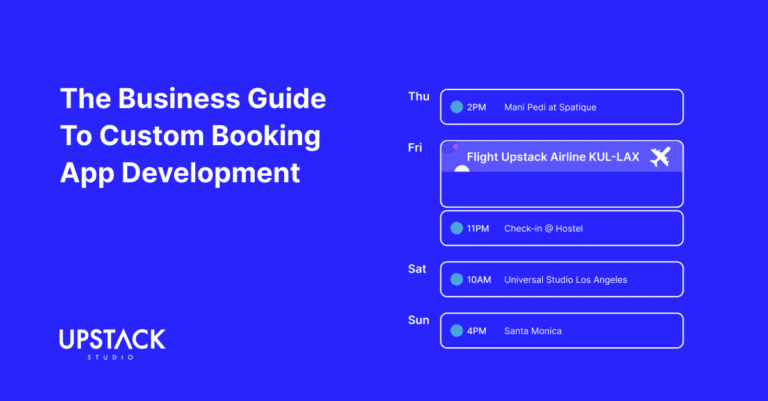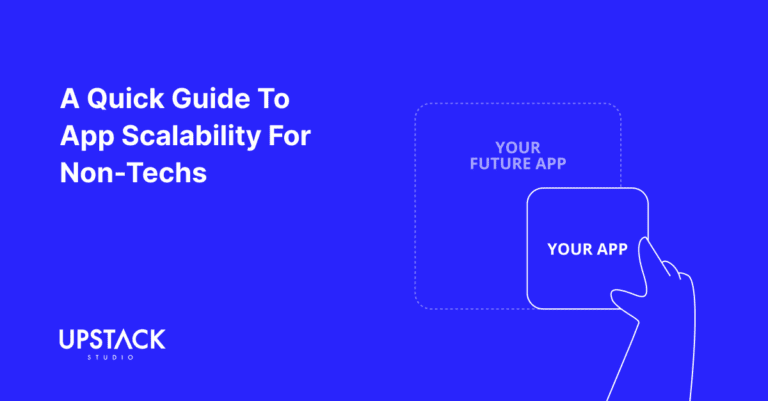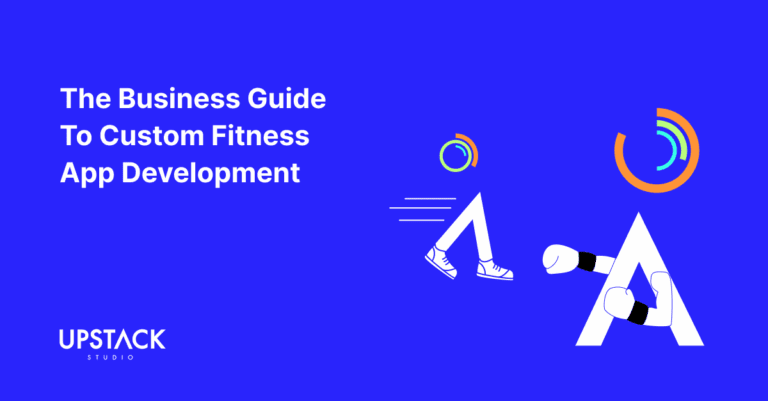To create a dating app, understanding essential features, tech stack, and strategies is crucial.
This guide will walk you through everything you need to know to build a successful dating app, using Tinder as a point of reference.

Why Tinder? Because while not the first dating app, Tinder is certainly one of the most influential.
Overview of Tinder
Tinder launched on September 12, 2012, pioneering the now universal swipe-based matching system.
Users swipe right to like a profile, and If both swipe right, they match and can start chatting.

It’s so simple and yet provides a massive boost in user experience, which is why it’s one of our favorite Minimum Lovable Product examples of all time.
Since it’s founding til 2025, Tinder boasts some seriously impressive statistics, including:
- 75 million monthly active users globally, 60% of whom are 18 to 34 years old.
- Over 630 million downloads and a billion matches.
- Available in 190 countries and in over 40 languages.
- Tinder’s revenue for the first quarter of 2024 reached $440 million.
- Tinder’s was the top earning dating app in the world in June 2024 with $82 million (for context, the second highest dating app earned just $43 million).
Perhaps most impressively, Tinder states 52 million GIFs are used per week on their platform – we’re guessing at least half are cat-related.
6 Essential Dating App Features
When creating a dating app, certain features are non-negotiable:
- User Profiles: Users should be able to create profiles with photos, bio, and interests.
- Matching Algorithm: The app should match users based on preferences and location.
- Messaging System: A secure and user-friendly messaging system is vital.
- Geolocation: Users should be able to find matches within a specific radius.
- Push Notifications: Alerts for matches, messages, and updates keep users engaged.
- Social Media Integration: Simplifies sign-up and allows users to share profiles.
Here’s a table summarizing these essential features:
| Feature | Description |
| User Profiles | Create profiles with photos, bio, and interests. |
| Matching Algorithm | Match users based on preferences and location. |
| Messaging System | Secure and user-friendly messaging. |
| Geolocation | Find matches within a specific radius. |
| Push Notifications | Alerts for matches, messages, and updates. |
| Social Media Integration | Simplifies sign-up and profile sharing. |
These features inform us of what is needed for a suitable technology stack.
Choosing the Right Technology Stack
Below is a table that outlines Tinder’s technology stack, which can serve as a reference for building your own app:
| Category | Technologies |
| Frontend | JavaScript, jQuery, ReactJS, AngularJS, Gatsby |
| Backend | Python, NGINX, Amazon Web Services (AWS), Amazon S3, Amazon CloudFront |
| Utilities & APIs | CloudFlare, Moment.js, Twilio SendGrid, Google Analytics |
| Mobile | Kotlin |
| Business Tools | G Suite, Gmail, Zendesk |
The technology stack is critical for a dating app’s performance, scalability, and user experience, but you don’t need to copy Tinder’s tech stack exactly.
In fact, many no code app builders have free dating app templates you could use to first validate your app idea, build a following, and start monetizing your app.
Here’s an example of the cheekily named Tindr built on Glide, one of the easier to use builders.
Embed vid
If you’re keen to try building a dating app no code MVP, these resources should get you started:
- The limits of no code SaaS
- No code app builder comparison
- Our recommended no-code app builders for non tech founders
Designing an Engaging UI for the App
In addition to great features and user journey, Tinder absolutely nails their user Interface (UI), which is important because it plays a crucial role in user retention.

Based on general UI design principles, remember to focus on the following:
- Simplicity: Keep the interface intuitive with easy navigation.
- Consistency: Use consistent colors, fonts, and buttons.
- Accessibility: Ensure the app is accessible to all users, including those with disabilities.
- Visual Appeal: High-quality images and animations can make the app more attractive.
Of course, in addition to all this, don’t forget branding – not only must your app look great, it has to be recognizable!
An Effective Dating App Matching Algorithm

Utilizing AI for Matching
An effective matching algorithm is the heart of a dating app. AI app integration can help analyze user preferences, behavior, and interactions to offer more personalized matches, including:
- Analyzing User Data: AI can analyze users’ swipes, messages, and preferences to improve match quality.
- Predicting Compatibility: Machine learning models can predict the likelihood of successful matches.
- Offering Recommendations: AI can suggest potential matches based on user activity and preferences.
Ensuring User Safety and Privacy
User safety and privacy are paramount in dating apps. Implement the following measures:
- End-to-End Encryption: Ensure that all messages and data are encrypted.
- Profile Verification: Use AI to verify user profiles and reduce fake accounts.
- Reporting Mechanisms: Allow users to report inappropriate behavior easily.
- Privacy Settings: Provide robust privacy settings for users to control their data.
Monetization Strategies for Dating Apps
Monetizing a dating app can be achieved through various strategies:
- Freemium Model: Offer basic features for free and charge for premium features like unlimited swipes or profile boosts.
- In-App Purchases: Sell virtual gifts or profile enhancements.
- Advertisements: Display ads within the app to generate revenue.
- Subscription Plans: Offer monthly or yearly subscriptions for an ad-free experience and additional features.
Marketing Strategies and User Acquisition Tactics
To succeed, you’ll need effective app marketing strategies to attract users, something Tinder clearly understands and executes to great effect.

At the very least, employ the following four methods:
- Social Media Marketing: Use targeted ads on platforms like Instagram and Facebook.
- Influencer Partnerships: Collaborate with influencers to promote the app.
- Referral Programs: Encourage users to invite friends by offering rewards.
- Content Marketing: Publish blogs, videos, and podcasts to build brand awareness.
Cool New Updates to Tinder in 2024
We decided to see what the world’s top dating app has been up to in 2024.
In no particular oder, here are our three favourite new features.
AI-Powered Photo Selector

In July 2024, Tinder unveiled Photo Selector, an AI-powered feature designed to simplify profile photo selection.
How it works: Take a quick selfie for facial recognition, provide access to your camera roll, and let our AI technology generate a curated selection of images for you to review.
Share My Date

Tinder introduced Share My Date, a safety feature that lets users share their date plans, including location, time, and match details, with friends and family directly through the app.
How it works: Users can send date details and match photos up to 30 days in advance, with the flexibility to edit the information as needed.
Healthy Dating 101

In November 2024, Tinder launched Healthy Dating 101, a resource offering practical tips to navigate boundaries and reduce anxiety about making consent-related missteps.
How it works: New Tinder U users will receive in-app notifications about the guide after their first match, encouraging early engagement with consent education.
Conclusion
Creating a dating app like Tinder requires careful planning and execution. From choosing the right technology stack to implementing AI-driven matching algorithms and ensuring user safety, every step is vital.

By following these guidelines, you’ll be well on your way to developing a successful dating app.
Hey there stranger, thanks for reading all the way to the end. Consider joining our mailing list for a one-stop resource on everything from micro SaaS validation all the way to execution and promotion. Get a nifty list of questions to ask app developers when you sign up!
App Developer Interview Questions Template
Download this template now so you know exactly what to ask App Development Agencies! Let us know where should we send it through the form below.





